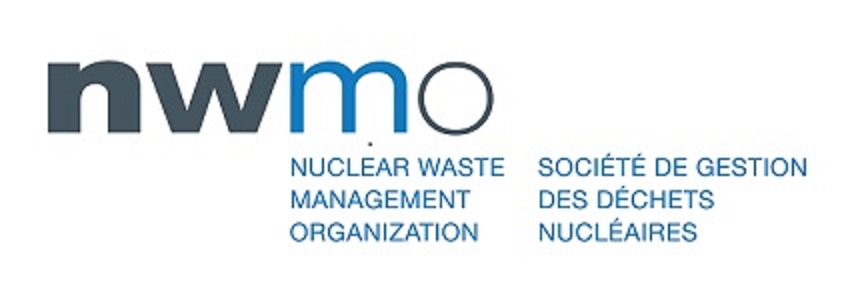Canada turned on its first nuclear reactor in 1971. Canadian reactors are pressurized heavy-water reactors based on a Canadian design referred to as CANDU. The Canadians have sold CANDU reactors to India, Pakistan, Argentina, South Korea, Romania and China. There are currently nineteen commercial power reactors operating in Canada. All but two of them are in Ontario. They generated about thirteen and a half Gigawatts which accounts for about sixteen and half percent of Canadian electricity.
Canada has a policy similar to the U.S. that requires Canadian operators of nuclear power stations to dispose of spent nuclear fuel and not reprocess it to extract radioactive materials that could be made into new fuel or nuclear weapons. The Canadian government created a nuclear fuel waste management program in 1978. They built an underground facility at the Whiteshell Laboratories in Manitoba in 1983 in order to study geological structures and conditions that would be associated with the underground disposal of spent nuclear fuel. The facility was deliberately flooded in 2010 and then decommissioned. The Nuclear Waste Management Organization (NWMO) was created in 2002 by the Canadian nuclear industry to research and develop a program for the permanent disposal of spent nuclear fuel.
By 2015, the Canadian reactors had produced about fifty-two thousand tons of high level nuclear waste in the form of spent nuclear fuel rods. By the end of the licensed life spans of the existing Canadian nuclear reactor fleet, it is expected that the total spent nuclear fuel produced will exceed one hundred thousand tons. Fifty-two percent of the existing spent nuclear fuel is stored in cooling pools at the reactor sites and forty-two percent is stored in dry casks.
The NWMO decided in 2005 to build a deep geological depository for the disposal of spent nuclear fuel. The facility will be up to three thousand feet deep with an estimated cost of twenty four billion dollars. This cost will be borne by a trust fund created with the operators of nuclear power plants. The spent nuclear fuel assemblies will be bundled together in steel baskets wrapped in copper. These bundles are designed to last a hundred thousand years. The tunnels will be filled with bentonite clay but the bundles will be retrievable for about two hundred and forty years if needed.
The process of finding a site for the repository was started in 2010. To be considered as a site, a community had to have both the necessary geology and strong sustained public interest. Twenty one communities in Ontario or Saskatchewan requested assessment as possible sites. Only eleven of the original group were selected for Phase Two studies. Currently, there are only six communities being considered. Blind River and Elliot Lake, Ignace, Hornepayne, Huron-Kinloss, Manitouwadge; and South Bruce. The NWMO said it will "continue the process of narrowing down potential sites to host the project until it arrives at one preferred safe and socially acceptable site as the focus of more detailed site characterization".
